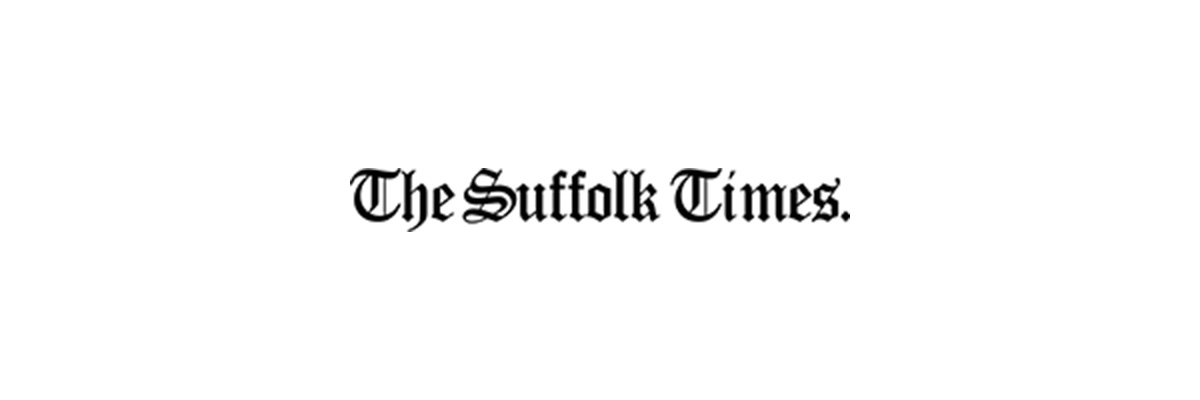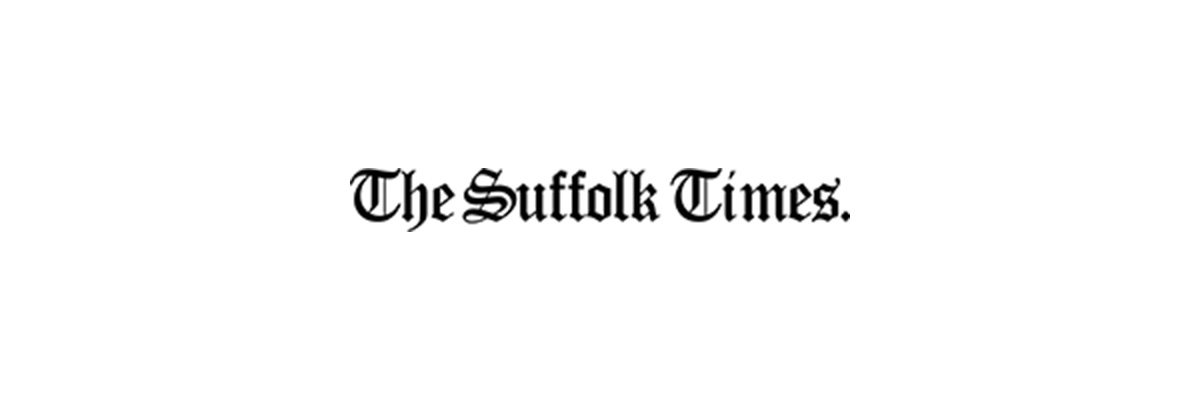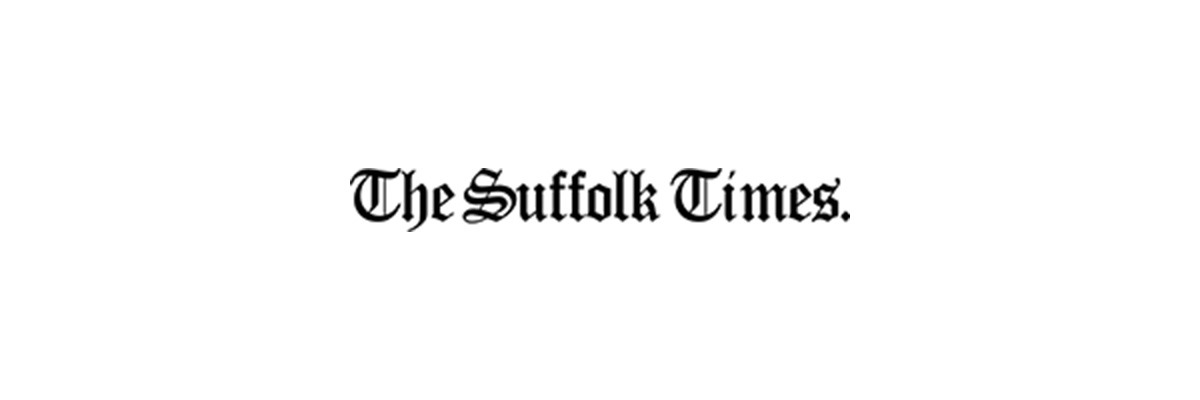Last Updated, Apr 5, 2023, 12:36 AM
Investing in low-risk funds with 4% returns
[ad_1]
Investors seeking safety and attractive yields are rushing into money market funds at record levels. The funds invest in very short-term bonds issued by governments and investment-grade companies that carry low risk. A new report from Bank of America shows that $18 billion per day on average was moved into money market funds since Mar. 10. Retail assets in these funds now stand at more than $1.25 trillion, according to the Investment Company Institute. Money market funds also park their government bonds with the respective central banks through a program called a “reverse repurchase agreement.” The U.S. government describes these facilities as a “temporary, supplementary tool to support the Federal Reserve’s program that pays banks interest on excess reserves held at the central bank.” This enables money market funds to offer investors returns that match the central bank’s base rate minus fees and transaction costs — meaning investors can cash in on higher interest rates. In the United States, for instance, the Crane 100 Money Fund Index is currently posting an annualized seven-day yield of 4.61% as of Apr. 4. The table below shows over 35 widely traded money market funds available as ETFs worldwide. The interest rate offered and the total expense ratio (fund fees) vary between the funds. Unlike higher interest rate savings accounts, which often lock up cash for a year or longer, money market funds are also more liquid. The increased liquidity makes them an attractive cash-like option for investors looking for higher yields. According to fund provider Fidelity, most assets in these funds ” can be quickly converted to cash ” in five to seven business days. Regulators in the United States also prevent money market funds from holding more than 5% of their assets in illiquid assets. Flight to safety Bank of America’s analysts noted that the recent flight to safe assets was sparked by the failure of Silicon Valley Bank in the United States, and the forced rescue of Credit Suisse in Europe. However, the paltry interest rates offered by banks on savings accounts have not helped matters either. In the euro zone, the interest rate for household savings remained stubbornly low at 0.12% in March , despite a year-long rate-hiking campaign by the European Central Bank . The picture is similar in the United Kingdom, Canada, and the United States. Downside risks Money market funds are considered safer than stocks and bonds, however, they are not backed by government insurance schemes like those that guarantee deposits at a bank. Vanguard, another provider of money market funds, also says the funds are “not recommended for investors seeking an increase in the value of investments over the long-term.” Since the funds track the central bank’s base rate as closely as possible, they are susceptible to lower returns with little or no notice. And while they do offer relatively higher rates today, they remain below the level of inflation.
[ad_2]
Source link
24World Media does not take any responsibility of the information you see on this page. The content this page contains is from independent third-party content provider. If you have any concerns regarding the content, please free to write us here: contact@24worldmedia.com













